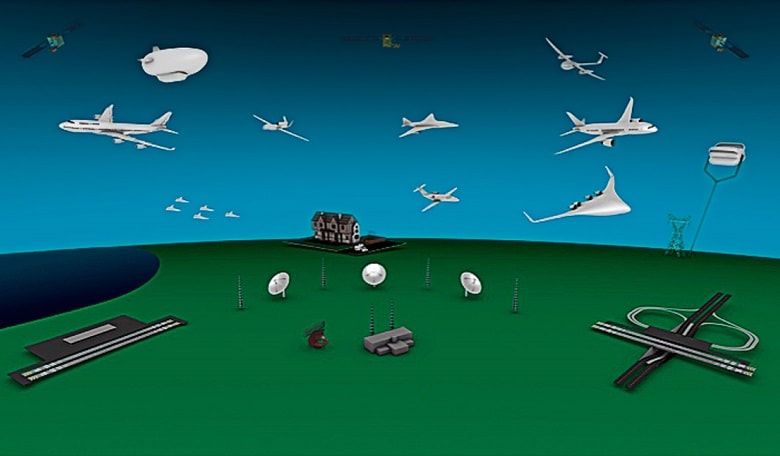NASA's “Sky For All: Air Mobility for 2035 and Beyond” challenge is now accepting registrations.
It is predicted that by 2035 the skies will be a complicated and crowded place, where various manned and unmanned vehicles will have to be carefully managed. It's estimated that in 20 years, about 10 million manned and unmanned vehicles will traverse the U.S. Airspace every day. The current system cannot handle such high air traffic volume.
Quoting Parimal Kopardekar, a project manager with ARMD's Safe Autonomous Operations Systems, NASA says 20 years from now, people may be surprised about the number and kind of vehicles sharing the skies. "We anticipate there will be personal air vehicles, passenger jets, and unmanned aircraft of various sizes and speeds flying at a variety of altitudes, as well as commercial space launches, spacecraft and even stationary objects like wind turbines," says Parimal.
To find viable solutions to this problem, the Ab Initio Design (AbI) element of the NASA Safe Autonomous Operations Systems (SASO) Project is looking for new airspace design and operations concept that will allow air vehicles, including autonomous vehicles of 2035, to participate in heavy traffic. NASA is reaching out to the innovator community and searching for an “outside-the-box” approach to this problem.
Registration is open until February 26, 2016. The available award is $15,000 US. More information, registration guidelines and challenge guidelines are available at: https://herox.com/SkyForAll











